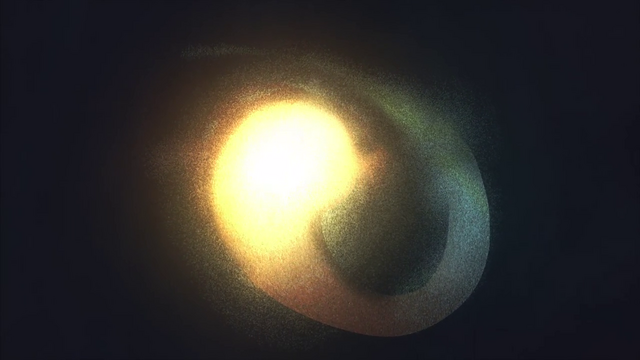- Invitation Status
- Looking for partners
- Posting Speed
- Speed of Light
- Multiple posts per day
- 1-3 posts per day
- One post per day
- Multiple posts per week
- 1-3 posts per week
- Online Availability
- 6 - 10 PM, Eastern Standard Time
- Writing Levels
- Intermediate
- Adept
- Advanced
- Adaptable
- Preferred Character Gender
- Male
- Female
- Primarily Prefer Female
- Genres
- Magical girl, action, science fiction
[btn=https://www.iwakuroleplay.com/threads/dust-to-dust-a-next-gen-rwby-rp-ooc-and-signups.158993/]OOC and Signups[/btn]

Table of Contents
Timeline
Info: Dust Replacement Technology (DRT)
Info: Dust Syndrome
Info: Grimm-Inspired Technology
Info: New Dust Forms
Info: The Yamiko Movement
NPCs

Table of Contents
Timeline
Info: Dust Replacement Technology (DRT)
Info: Dust Syndrome
Info: Grimm-Inspired Technology
Info: New Dust Forms
Info: The Yamiko Movement
NPCs
Last edited:



